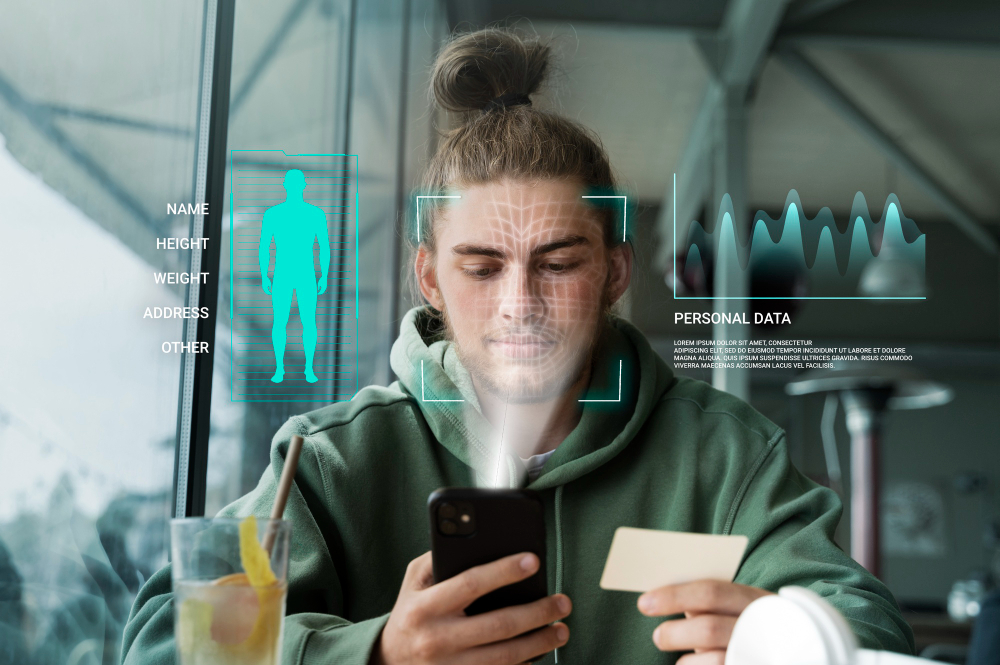The Psychology of Tap-to-Pay: Why Convenience Shapes Spending
Discover the psychology of tap-to-pay and how contactless payments influence consumer behavior, and financial decisions in everyday life.
Quick taps, faster choices—your brain reacts before your wallet does.
Tap-to-pay has become more than a simple payment method. It represents speed, ease, and a new relationship between consumers and money. What once required swiping a card or counting bills now happens with a simple gesture.
But behind this innovation lies an important question: how does the psychology of tap-to-pay change the way people think about and manage their money? The answer reveals surprising insights about habits, spending, and human behavior.

The Illusion of Effortless Spending
The brain processes effort as part of cost. When paying with cash, handing over bills creates a tangible sense of loss. Swiping a card already weakens this perception, but tapping goes even further.
With tap-to-pay, the action feels nearly effortless. This reduction of friction makes spending appear lighter, tricking the mind into believing less money has been lost.
Speed and Instant Gratification
Tap-to-pay technology gives an immediate reward: faster checkouts and smoother transactions. Psychologically, the brain interprets speed as convenience, which reinforces positive feelings about the purchase.
This instant gratification strengthens the habit of using contactless payments. Over time, the mind begins to associate tapping with efficiency, making it the default choice.
Emotional Detachment from Money
Cash creates an emotional connection. Watching your wallet shrink sparks awareness of spending. Tap-to-pay, however, distances people from that reality.
By removing physical cues, consumers become less emotionally attached to the act of spending. This detachment can encourage unplanned purchases, since the brain feels less “pain of paying.”
Trust in Technology and Security
Another psychological factor is trust. Many consumers initially feared contactless payments, imagining risks of fraud or accidental charges. But once the system proved safe, the perception shifted.
Today, tapping feels secure, even more so than inserting a card. The confidence in technology adds peace of mind, further increasing adoption and routine use.
The Social Influence of Tapping
Payment behavior is also shaped by social norms. When people see others tapping at stores or restaurants, they feel encouraged to do the same. It becomes part of a modern identity linked to efficiency and digital fluency.
In this sense, tap-to-pay is not just functional—it is social proof of belonging in a fast-paced, tech-driven culture.
While tap-to-pay can reduce awareness of spending, it also comes with tools that support financial discipline. Many banking apps track transactions instantly, providing real-time feedback.
For individuals who actively monitor their accounts, tapping may even enhance budgeting by offering immediate digital records. The impact depends largely on personal habits and self-control.
Psychological Reward of Control
Ironically, the simplicity of tapping can also increase feelings of control. No waiting, no fumbling with coins—just a clean, direct action.
This sense of mastery can reduce stress in social or crowded situations. The psychological comfort becomes an added reward, making tap-to-pay not just practical but emotionally satisfying.
Businesses and Behavioral Design
Retailers understand these psychological dynamics. By encouraging tap-to-pay, they reduce barriers to purchase and improve customer flow.
The faster the line moves, the more satisfied the shopper feels, which indirectly boosts sales. Companies benefit from the psychology of convenience just as much as consumers do.
The Future of Tap-to-Pay Psychology
As digital wallets and wearable devices grow, the psychology of tap-to-pay will deepen. Future innovations may remove even the small gesture of tapping, making payments almost invisible.
The question is how much invisibility consumers can handle before financial awareness weakens too far. Striking a balance between convenience and mindfulness will be the next challenge.
Conclusion
The psychology of tap-to-pay blends technology with human behavior. It reduces friction, increases speed, and creates emotional distance from money—all while offering control, security, and efficiency.
What seems like a simple tap is actually a complex psychological event. It shapes spending patterns, financial awareness, and even social identity. Understanding this helps consumers make smarter choices while enjoying the convenience of modern payments.





